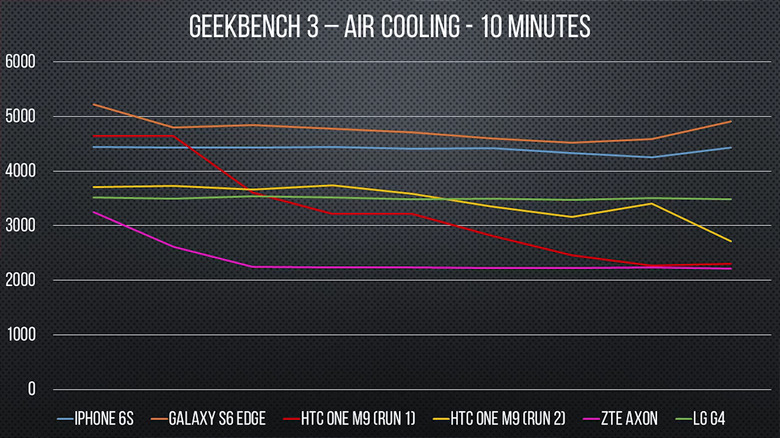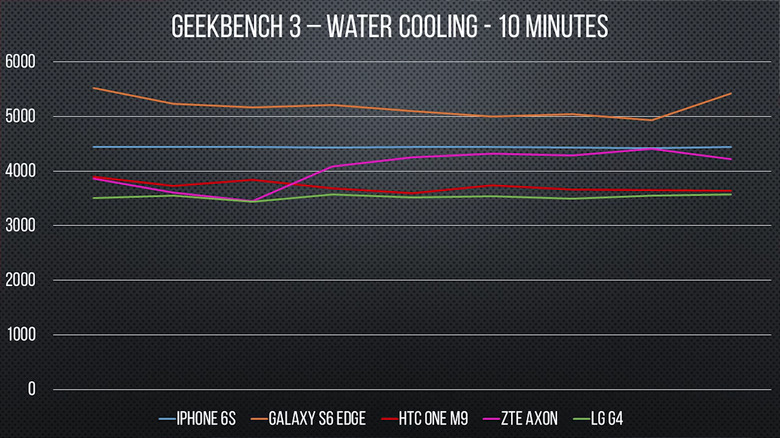Water Cooling Smartphones Yields Interesting Results
Water cooling has long been a well-known technique among hardcore PC users, especially gamers, to squeeze out the most juice from their rigs without turning them into fire hazards. Given the recent focus on thermal management on smartphones, it seems almost fitting they become the next beneficiaries. That was the theory that popular tech YouTube user Linus Tech Tips put to the test by water cooling the iPhone 6s and a few of the most recent high end Android smartphones, with some rather intriguing numbers.
But how do you even water call a smartphone? Unlike PCs, there is really no way to do that. At least not yet. The only solution is the most literal one, submerge them in ice water inside the protection of a ziploc plastic bag. And then run the usual benchmark tests to compare the performance with regular air-cooled results. If you expected them to perform better outright, you'd be surprised.
The iPhone 6s doesn't care if its in air or in water. It performs just as well in either condition. The implication here is that Apple's heat management solution is quite excellent and that it doesn't throttle the CPU under that kind of load. The one caveat is when the GPU kicks in, the CPU does throttle.

Samsung's Exynos chip on the Galaxy S6 edge does throttle a bit in normal conditions, but in the end it still ends up to be one of the most performant CPU's among the smartphones tested. When water cooled, however, the throttling is less severe but still present.
As if HTC didn't have enough mud on its face, the HTC One M9 with its Snapdragon 810 performed spectacularly bad. On the first run, the throttling was nothing like you've seen. On a second run, it was less steep but still significant. The Snapdragon 810's notorious heat problems rears its ugly head once more. When water cooled, the One M9 behaved more properly.
But to be fair to Qualcomm, not all SD810s behave equally. On the ZTE Axon, the chip throttle badly but not as much. Suffice to say, the Snapdragon 810 is all over the place, as Linus himself described. Interestingly, when the Axon was water cooled, performance actually shot up! Perhaps a tip for ZTE's next premium flagship.

The other big surprise is the LG G4 and its Snapdragon 808. Like the iPhone 6s, its CPU performance was stead in all conditions, both with air and water cooling. Sadly, it is also not the fastest of the bunch, given its clock speed and core count. Still, it is a solid and stable player.
We're unlikely to see water cooled smartphones any time soon, though we might be on the cusp of water cooled tablets as Microsoft demonstrated in the Surfaced Pro 4. Still, it should give some insight on CPU performance and throttling under various heat conditions, something OEMs as well as users might want to take note of.
